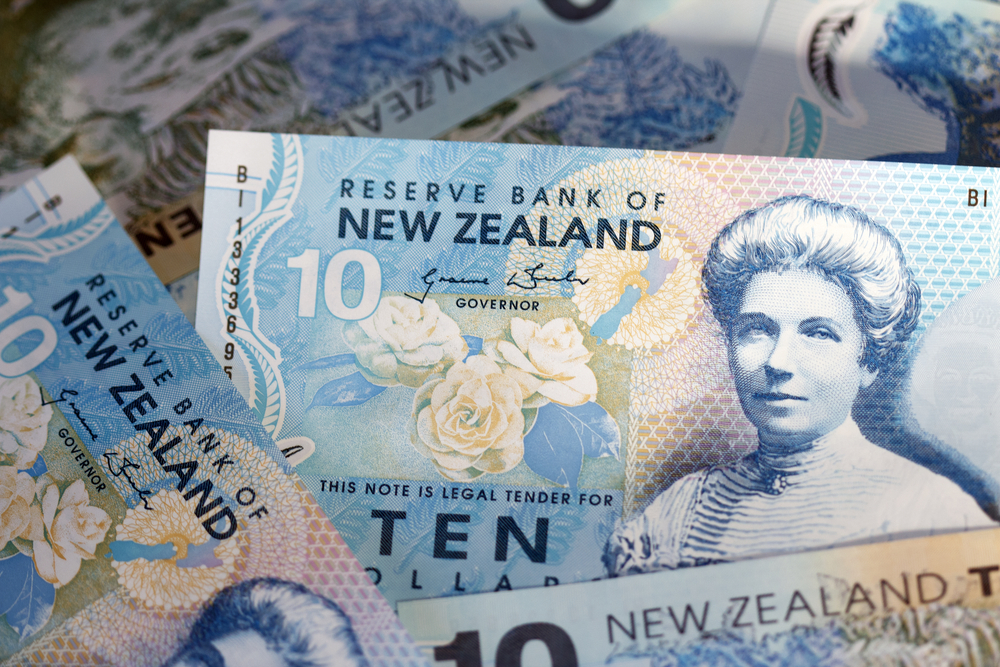
The Reserve Bank of New Zealand shocked the global foreign exchange markets on Tuesday by keeping interest rates at their current levels.
An analyst consensus had predicted that the central bank would slash interest rates from 1% to 0.75% in a move potentially designed to stimulate the economy in a region where worries about China’s future position as a trade powerhouse are often on the cards.
Some markets had even gone as far as suggesting that there was an over 75% possibility of the bank deciding to cut rates.
However, the bank held off, even though growth rates in New Zealand are now at their worst in six years.
As a result of the decision by the bank, the New Zealand dollar found itself skyrocketing in its pair with the US dollar.
It was up by 1% at one stage and was seen at $0.6403.
However, demand for the currency did begin to cool off somewhat later in the day – and it eventually began to hold at around $0.6395.
In the bond markets, yields for two-year bonds from the country saw their largest spike in over 24 months.
After the announcement was made, traders’ attention began to turn to the bank’s future plans.
There was a suggestion that stimulus could occur further down the line – although it cited its decision to cut rates earlier significantly in the year as meaning that present monetary policy was working.
Elsewhere around the world, traders continued to find themselves in the dark over the possibility of a resolution to the trade war between China and the US.
President Donald Trump once again indicated that a deal, which could potentially see the two sides reduce so-called “tit for tat” tariffs in a proportionate way, was near.
However, there are still very few concrete signs of a deal being struck.
Trump’s speech also touched on a variety of other themes, including the decisions of the Federal Reserve – or, namely, the lack of decisions to cut interest rates to a level he is happy with.
The dollar index, which tracks the currency against a range of rivals in order to measure its performance, was up by 1% over the course of the week.
However, yesterday, it slipped from its high point of 98.423.
In its pair with the Japanese yen, the dollar was down a little at 108.93 – although it was close to its highest point in over five months, which it reached last week.
Elsewhere, the British pound showed that it was highly sensitive to ongoing political events in the country.
It received a brief lift, which came largely from the expected boost given to the Conservative Party’s chances of winning the general election.
This boost came from the decision of Nigel Farage’s Brexit Party to avoid standing candidates in parliamentary seats which are currently occupied by Conservatives.
However, the rise was short-lived.
The pound fell from its previous high and reached $1.2850 in its pair against the US dollar.
 Between 74-89% of CFD traders lose
Between 74-89% of CFD traders lose  Your capital is at risk
Your capital is at risk  Your capital is at risk
Your capital is at risk  Your capital is at risk
Your capital is at risk